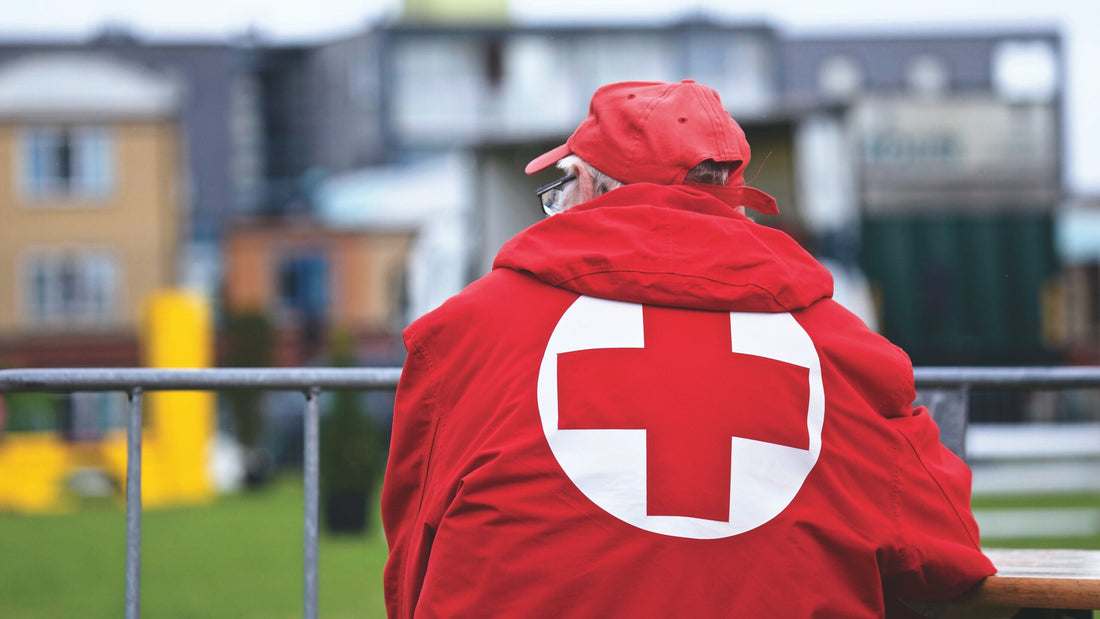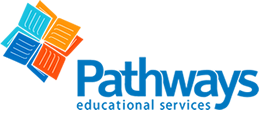
All the Red Cross Medical Terminology You Need to Know
Share
In the realm of health and emergency response, accurate communication is absolutely crucial. That’s why understanding Red Cross medical terminology sets a solid groundwork for efficient collaboration. Whether you are an aspiring healthcare provider or a volunteer, a firm grasp of medical terminology can enhance your capacity to assist with confidence in high-stake conditions.
Brief Overview of Red Cross and Its Medical Focus
The Red Cross is a globally renowned humanitarian entity, devoted primarily to offering disaster response, emergency assistance, and health-care training. The organization places a significant emphasis on using correct medical terminology for effective, precise communication that can mean the difference between life and death in crisis scenarios.
Basic Medical Terminology: The Building Blocks
Before diving into Red Cross specific medical terms, it’s imperative to understand the fundamental building blocks of any medical terminology. These include terms used to describe body parts (anatomy), different kinds of diseases (pathology), various diagnostic procedures and treatment protocols, among others. The mastery of these basic medical terminologies will serve as a sturdy footing in your journey toward learning Red Cross specific medical terminologies.
Must-Know Red Cross Specific Medical Terms
As a humanitarian organization, the Red Cross has its own set of unique terms. These keywords often relate to disaster management, emergency response, and health-care training. Understanding such terms is essential for anyone looking to involve themselves in the Red Cross’s noble causes.
Sure, here are some important Red Cross specific medical terminologies:
- CPR: Stands for Cardiopulmonary Resuscitation. A life-saving emergency procedure that involves chest compressions often combined with artificial ventilation.
- AED: Stands for Automated External Defibrillator. A portable device that checks the heart rhythm and can send an electric shock to the heart to try to restore a normal rhythm.
- PPE: Stands for Personal Protective Equipment. Gear that healthcare workers wear to minimize exposure to hazards that cause serious workplace injuries and illnesses.
- First Aid: Assistance given to any person suffering a sudden illness or injury, with care provided to preserve life, prevent the condition from worsening, or to promote recovery.
- BLS: Stands for Basic Life Support. A level of medical care which is used for victims of life-threatening illnesses or injuries until they can be given full medical care at a hospital.
- EMS: Stands for Emergency Medical Services. This is a system that provides emergency medical treatment and transportation to definitive care.
- Antivenom: A medication that is used to treat certain venomous bites and stings.
- Hemorrhage: A bleed or bleeding, especially when profuse.
- Anaphylaxis: A dangerous and potentially life-threatening allergic reaction.
- Intubation: A procedure used to help a person breathe when they are unable to do so on their own.
- Triage: The assignment of degrees of urgency to wounds or illnesses to decide the order of treatment of a large number of patients or casualties.
- Fracture: A break in the continuity of the bone.
- Hypothermia: A medical emergency that occurs when your body loses heat faster than it can produce heat, causing a dangerously low body temperature.
- Hypertension: It’s also known as high blood pressure, a long-term medical condition in which the blood pressure in the arteries is persistently elevated.
- Sepsis: A potentially life-threatening condition caused by the body’s response to an infection.
Remember, this is not an exhaustive list and medicine does have its own language filled with specific terminologies!
Significance and Usage of Anatomical Terminologies in Red Cross Manuals
Anatomy is the foundation of medical science. Red Cross manuals and resources frequently use anatomical terminologies. Consequently, understanding these terms can improve the accuracy and precision in communication, vital during training or actual operations.
Medical Terminology in Emergency and Disaster Response Scenarios
During emergencies and disaster response scenarios, being conversant with medical terminology can make a world of difference. Red Cross professionals and volunteers need to understand terminology related to wound care, cardiac arrests, respiratory issues, and more.
Tools and Techniques to Effectively Learn Red Cross Medical Terminology
Learning medical terminology is not just rote memorization. Many methods, tools, and techniques can help you master Red Cross Medical Terminology effectively and efficiently. This could range from flashcards, mobile applications, or even online course platforms.
Conclusion: How Learning the Red Cross Medical Terminology Can Boost Your Contribution
The importance of understanding Red Cross Medical Terminology cannot be overstated. Whether you are a professional healthcare provider or a volunteer, this knowledge empowers you to make a meaningful contribution and positively impact the lives of others. With this guide, you have taken an essential first step in your journey to becoming well-versed in this vital language.
If you’re looking to get your employees Red Cross CPR certified, contact Pathways today!
